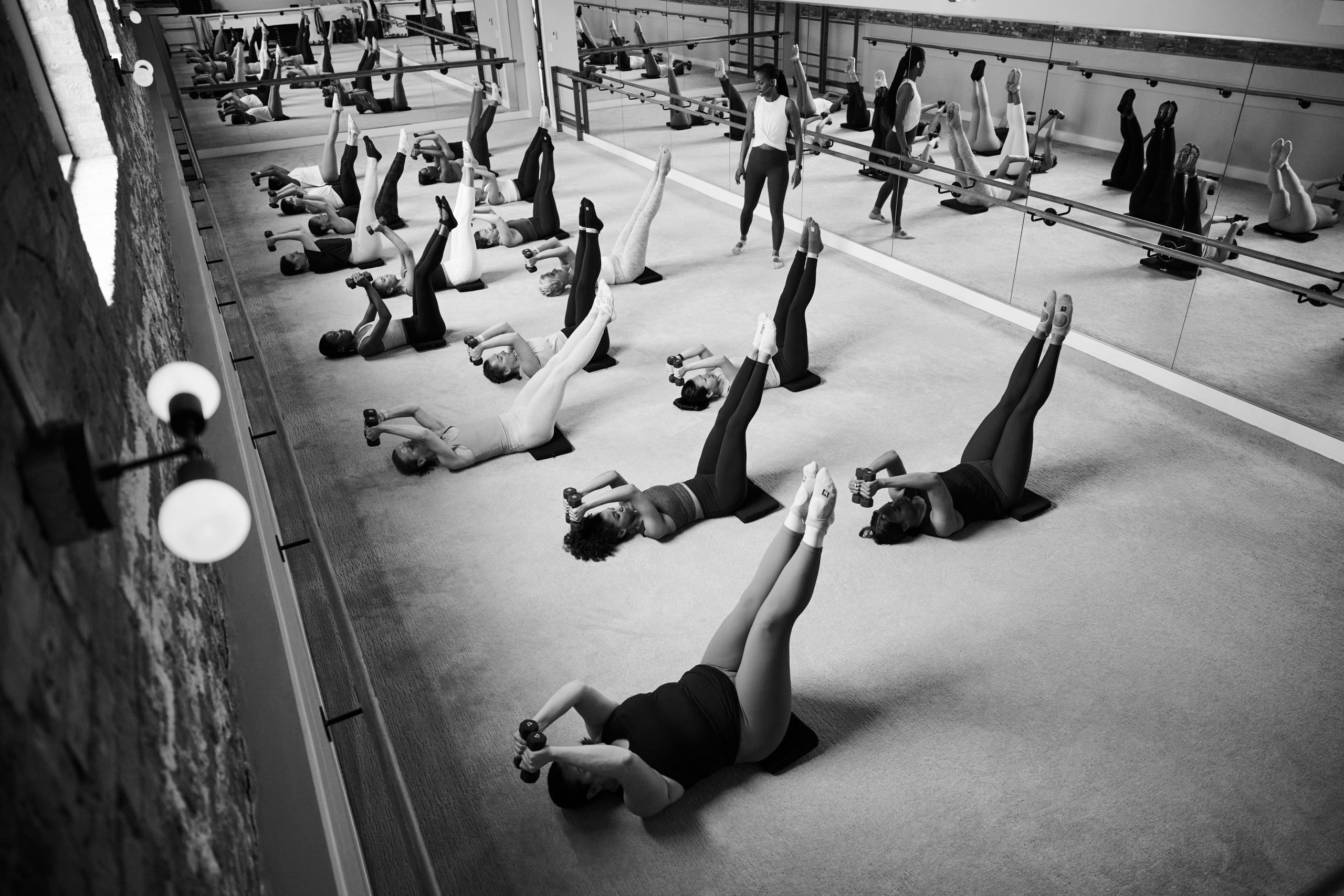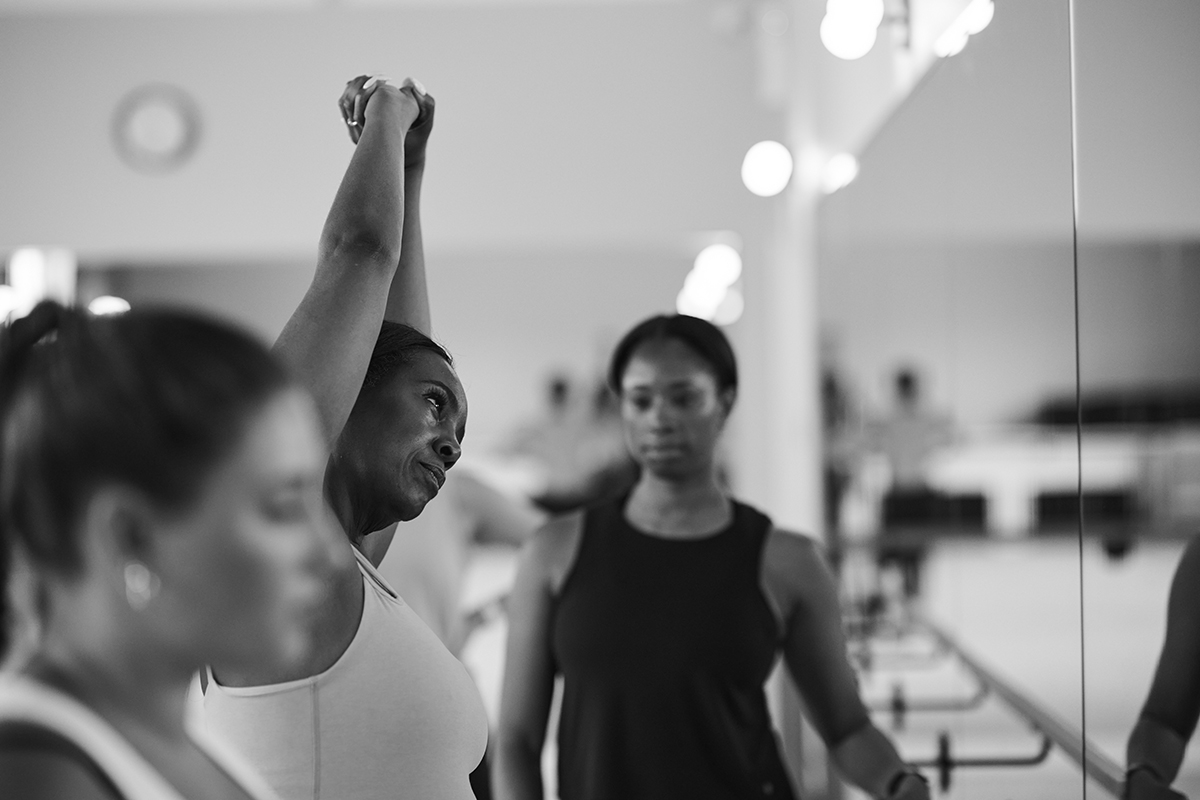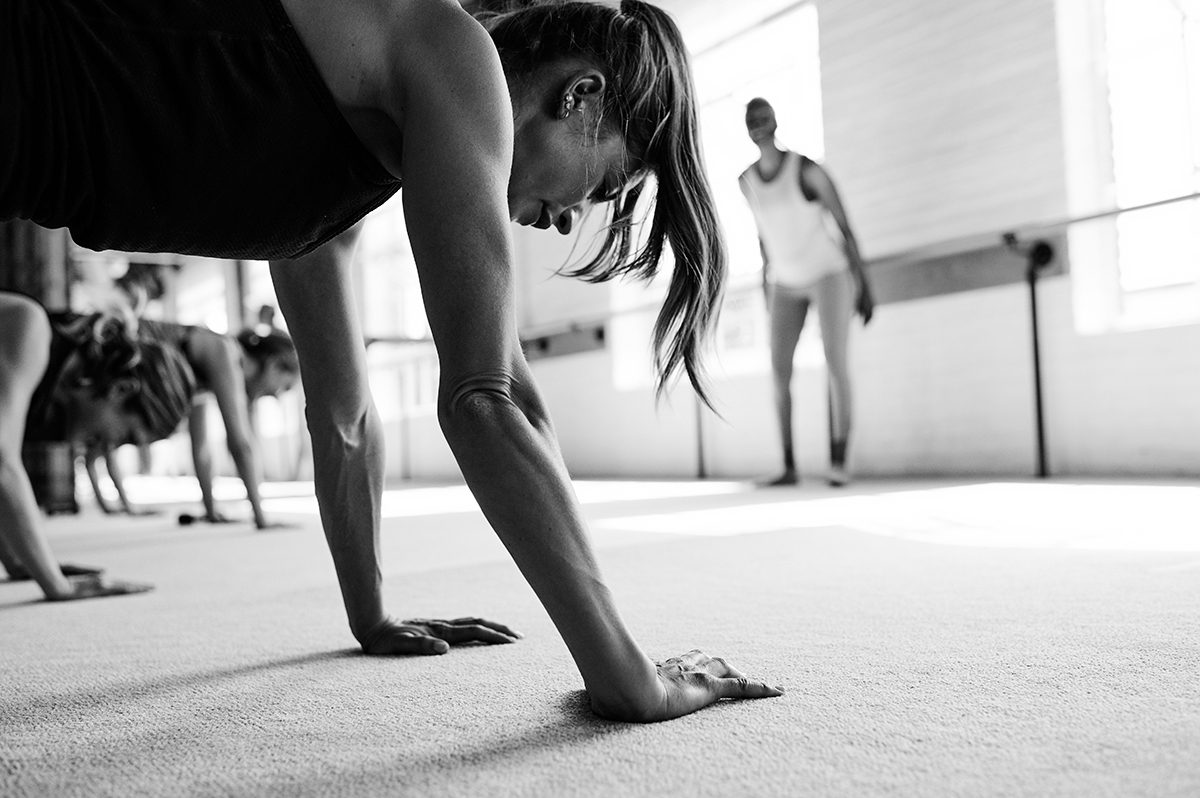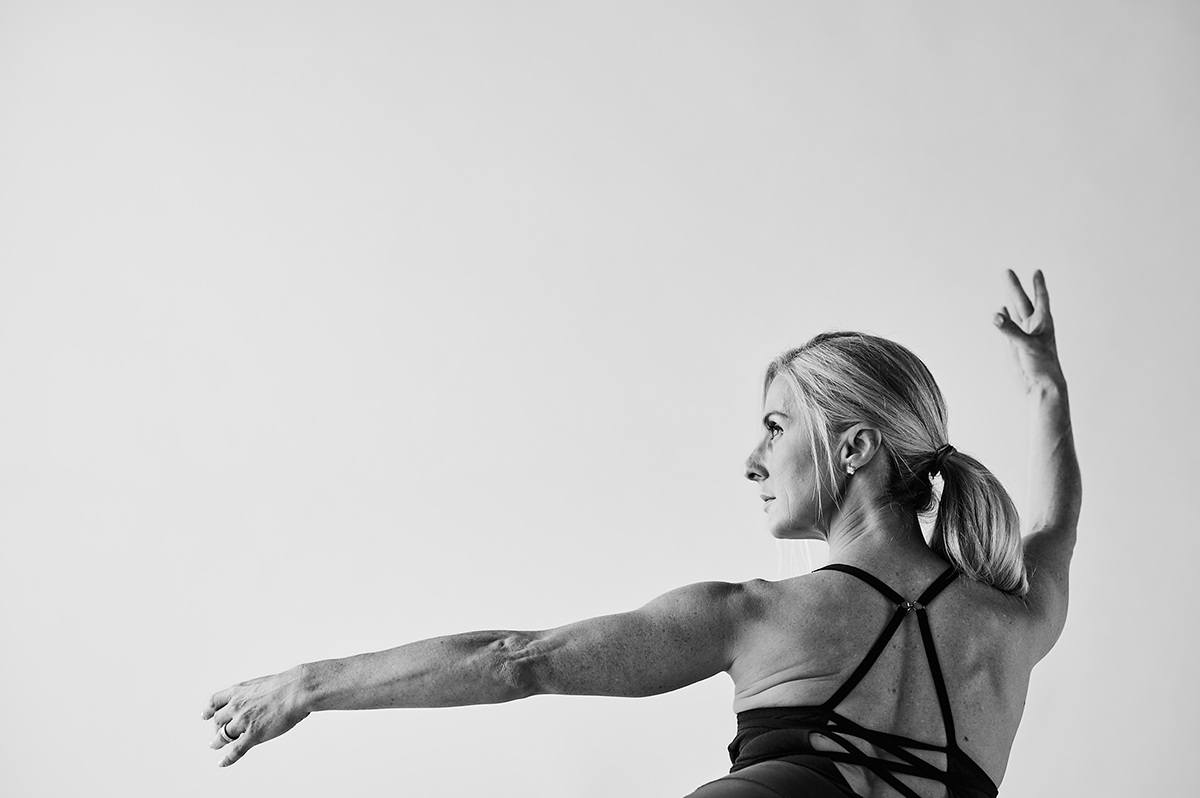New clients! For a limited time, Get 13 Classes for $78 (only $6 per class)
Why Low-Weight, High-Reps Workouts are Key to Toned Muscles

The Bar Method classes are iconic for those precise, shake-inducing movements that make everyone feel the burn and build strength. Students who show up to the barre regularly know that the movements may be small, but the impact is big, thanks to the low-weight, high-reps nature of the workout.
Let’s dig into the benefits of low-weight, high-reps workouts, what makes lifting lighter weights with higher reps so effective, and answer top questions, like “do high reps build muscle?”
Benefits of Low Weight, High Reps
Lifting lighter weights with higher reps helps tone muscles and build muscular endurance and strength. Compared to lifting heavy weights, light weight and bodyweight movements don’t cause muscle fatigue as quickly, allowing you to perform repetitive motions for a greater period of time. These longer duration sets benefit cardiovascular fitness, too, improving how well your heart and lungs take in oxygen and deliver it to the rest of your body.
Most Bar Method class formats leverage no-weight or low-weight, high-reps movement to improve endurance, build strength, and produce longer, leaner muscles. Additional benefits of low weight, high reps include:
- Change in body composition: The Bar Method can improve health, trim areas of your body and change body composition, which could be a result of weight loss or muscular changes. During the first few months of class, you may notice fuller, more toned muscles as intramuscular fat is pushed outward. Over time, our low-weight, high-reps format leads to longer, leaner muscles. Paired with a healthy diet, a regular barre routine can also promote weight loss.
- Fat burn: After about five months of doing our high-rep workouts three to five times a week, that intramuscular fat will burn away and you’ll see more compact, elongated muscles.
- Better posture: The Bar Method classes will make you stand taller and be more aware of how you move. Instructors are trained to help you improve alignment and muscle activation.
Let’s take a look at answers to common low-weight, high-reps workout questions:
Do High Reps Build Muscle?
Yes, even with no weights, the high-rep exercises in The Bar Method classes build muscle strength using body weight (aka the body’s own resistance). Let’s look at leg workouts as an example. Thigh work in The Bar Method classes lasts roughly five to seven minutes. During that time, the quadriceps are constantly contracting, which — during high-rep workouts — strengthens the muscle without any external weight.
Do Specific Muscles Respond Better to High-Rep Exercises?
Most muscles are made up of both slow-twitch and fast-twitch muscle fibers. Slow-twitch fibers are important for endurance while fast-twitch fibers are key for speed. Lifting lighter weights with higher reps targets slow-twitch muscle fibers and boosts stamina. As these muscle fibers are worked, they lengthen, resulting in longer and leaner muscles.
Muscles that tend to benefit the most from low-weight, high-reps exercises are those that have more slow-twitch muscle fibers. These include:
- Calves
- Shoulders
- Glutes
- Abs
- Arms

Is it Better to Lift Heavy or Light Weights?
In short, both are beneficial, but the results differ. Lifting heavier weights (generally, 10–15 pounds or more) in shorter sets is more likely to increase muscle mass and power. Training using lighter weights or no weights for longer periods of time builds muscle strength while keeping them lean.
High-Rep Exercises to Build Strength
The Bar Method classes feature a variety of high-rep exercises that tone the body, build strength, and help improve overall fitness. Some of our favorites include:
- Bent elbow lifts: Holding light weights, place arms at a 90-degree angle and raise elbows to shoulder height, then move the arms up an inch and down an inch.
- Shoulder walks: With straight arms, raise weights from thighs to shoulder height, then lower.
- Leg lifts: Raise and extend one leg in front of the body and point the foot. Bend and stretch the leg.
- Second position thigh: In second position, move the body down an inch and up an inch.
- Pretzel: Sit on the ground with both legs at 90-degree angles — one in front of the body and one behind — then lift the back leg an inch.
Tips for Lifting Lighter Weights with Higher Reps
Lifting lighter weights with higher reps doesn’t equate to an easier workout. Higher reps can quickly prompt muscle fatigue, but maintaining movement helps build muscular endurance and muscle mass. We recommend the following to ensure a safe, fun, and effective class:
- Focus on form. As your muscles tire during class, it’s easy to slump or move out of alignment to find some relief. The Bar Method instructors are expertly trained to adjust students’ alignment to ensure the correct muscle groups are working and maximize the benefits of low-weight, high-reps movement.
- Gradually increase weight. If you’re new to fitness and using weights, consider starting out using no weights or the lightest set available. As you build strength and muscle mass, increase the weight.
- Stretch after your high-rep workouts. It’ll help lower injury risk, improve flexibility, and ease muscle tension.
Is it Safe to do a Low-Weight, High-Reps Workout Daily?
When determining a fitness training schedule or frequency of high-rep workouts, you should always listen to your body and prioritize your health. The Bar Method classes are low impact and safe for your joints. That means you can do these strength-building, high-rep workouts up to six days a week, if you’re feeling good.
Remember: Even though you’re using lighter weights or no weights, it’s still important to give your muscles time to recover and take a rest day.
More Training Tips to get the Most Out of Your High-Rep Workouts
- Sculpt Your Body with Barre
- Top Barre Exercises to Improve Posture
- How to Recover After a Barre Workout
Ready to reap the benefits of a low-weight, high-reps workout? Find The Bar Method location nearest you to get started.
About The Author

Kerrisa Smith Manheimer has been a licensed physical therapist for 19 years and has worked in a variety of settings throughout her career including orthopedics, outpatient neuro, acute rehab, and home health. Kerrisa has been a Bar Method Instructor for over 10 years, where she has taught at the flagship Marina studio in San Francisco, and the Boston studios. She currently teaches online for The Bar Method HQ. In addition to teaching, Kerrisa has worked with the Learning & Development team at Bar Method HQ for 8 years, serving as the National Physical Therapy Consultant. She finds great satisfaction working with HQ, studio owners, instructors and clients, to maximize the safety and impact of The Bar Method. Kerrisa lives in Newburyport, MA with her husband, daughter, and Bernese Mountain dog. In addition to taking Bar Method classes, Kerrisa loves to travel and explore new restaurants.



